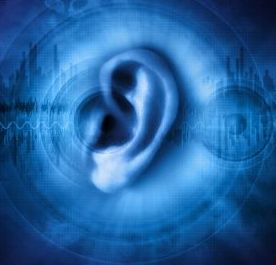Mary Crock, Au.D., CCC-A
mary.crock@youngstown.k12.oh.us

Mary Crock, Au.D., CCC-A
mary.crock@youngstown.k12.oh.us
How does a child qualify for audiological testing?
All students in grades K,1,3,5 and 8 are screened by the school nurse. If a child fails the hearing screening, they are referred to the Audiologist. After testing by the Audiologist is completed, the parents, teacher and related school personnel are informed of the results. Appropriate recommendations and accommodations are then made for the student. Follow-up testing is provided when necessary.
Reasons to refer child for an audiological assessment
Child doesn’t seem to understand others.
Child says “huh”, doesn’t respond to directions, turns TV and radio loud
There is a family history of hearing loss.
Child has frequent drainage from ears or ear infections.
Child gets angry or upset when unable to make needs or wants known.
What happens during the hearing evaluation?
First, impedance testing is conducted to check for wax, fluid or anything that is blocking sound entering the ear. Next, a variety of sounds are presented either through headphones or speakers to evaluate the hearing. This testing is conducted in a sound treated room.
What happens after the hearing evaluation?
After testing is completed, the results are shared with the parent, teacher and any other school personnel working with your child. Suggestions are made so proper referrals and recommendations are provided, in order to, best service your child in the classroom environment.
What types audiological services can be provided?
Classroom amplification systems.
Loaner hearing aids for hearing impaired students.
Suggestions for appropriate medical management In servicing for school personnel regarding hearing loss and necessary classroom management.
Suggestions to student's peers for communicating with individuals with a hearing loss and acceptance of peers who have a hearing loss.
Student education in regard to noise exposure and potential damage that can occur.